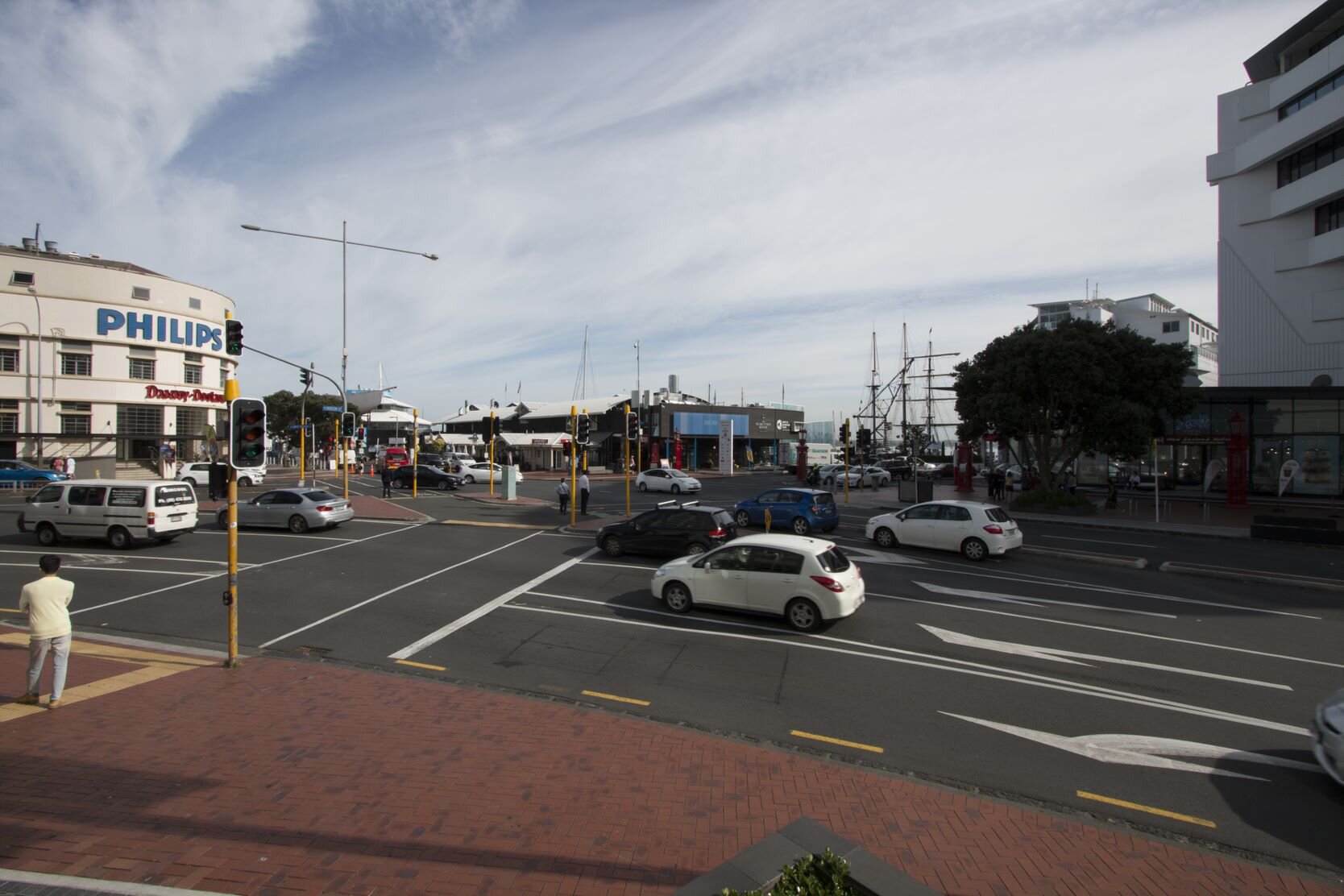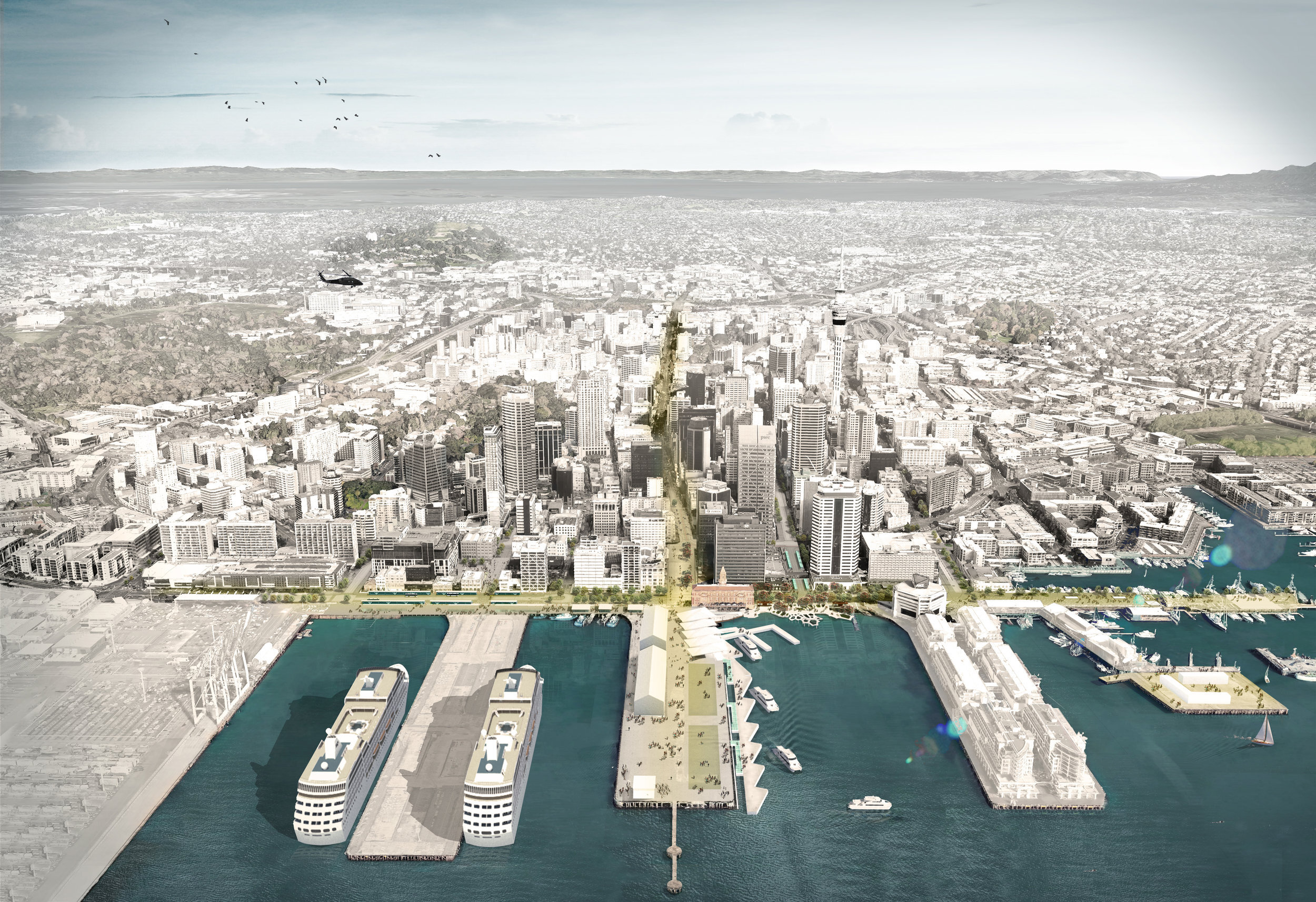Auckland 'gateway' revitalisation almost complete
Quay Street is one of Tāmaki Makaurau’s oldest and most important streets - but for the past two years it has been one to avoid for Auckland motorists.
That’s because of the Downtown Programme - jointly delivered by Auckland Council and Auckland Transport, which the council says is creating a revitalised waterfront area with wider footpaths, easier navigation, new street furniture, more trees, and greater opportunity for business and events.
Seven big Pohutukawa have played a key role in the QSE story. They were removed as construction began - cared for off site and have recently been returned to Quay Street. Other planting is being completed now with plants grown by the Ngati Whatua nursery.
The six projects of the Downtown Programme include the Galway Street enhancement, the Lower Albert Street bus interchange, Quay Street seismic strengthening, Te Wānanga (the new downtown public space), the Ferry Basin redevelopment and Quay Street enhancement.
LandLAB’s been in charge of the Quay Street Enhancement (QSE) and lead landscape architect on the project, Scott Greenhalgh, says it has been one of the most challenging projects LandLAB has worked on.
But with the QSE all but finished, he believes the years of disruption are well worth it.
“It’s been a long time coming but it delivers key components of the city centre masterplan. It’s pretty amazing to see how the design has evolved with the input of multiple stakeholders and interested parties. The result and the feedback we are hearing is hugely positive.”
Landlab’s original vision was to create “an immersive, emergent, dynamic and memorable waterfront street that amplifies the overlapping ecologies of nature, city, economy and culture at the intersection of ‘Tāmaki’ (city) and the ‘Waitematā’ (sea).
Underpinning its success, Scott says, has been the unique collaboration with Mana Whenua as well as Auckland Transport and Auckland Council.
A karakia has already been held for the QSE.
He believes the results reflect the successful framework which was set up at the very start of the project back in 2017 under a city centre design collective which had representatives from all the projects sitting down together and working out how to best co-ordinate the project.
“You can see that on site - the projects are talking to each other in terms of design, materials and planting. For a city to be successful the projects all need to work together.”
Scott says the teams were challenged around the idea of the city transforming from Auckland to Tamaki and how design can reflect where we are in our culture.
Maori artists have worked closely with the design team.
“Our work with mana whenua was crucial to all this - they sat side by side with us during the design process which has been very important.”
He says Auckland Council’s Maori Design Leader Phil Wihongi was central to the collaboration and has been very successful in ensuring mana whenua input into this type of project.
Maori artists Ted Ngātaki, Maaka Pōtini, Reuben Kirkwood, Charmaine Bailie, Richelle Kāhui-McConnell, Tessa Harris have worked alongside the design teams over the last three years to deliver these works.
Quay Street Enhancements within the broader Downtown Infrastructure Development Program works. Image Credit – LandLAB






